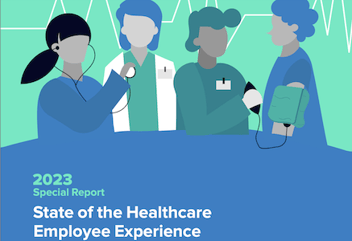A new report from PwC Health Research Institute, Medical cost trend: Behind the numbers 2024, shows that there is increasing pressure in healthcare around costs.
According to the report, “PwC’s Health Research Institute (HRI) surveyed and spoke with actuaries working at US health plans to generate an estimate of medical cost trend for the coming year. After considering various inflators and deflators of cost, HRI is projecting a 7.0% year-on-year medical cost trend in 2024 for both Individual and Group markets. This trend is higher than the projected medical cost trends in 2022 and 2023, which were 5.5% and 6.0%, respectively. The higher medical cost trend in 2024 reflects health plans’ modeling for inflationary unit cost impacts from their contracted healthcare providers, as well as persistent double-digit pharmacy trends driven by specialty drugs.”
Staffing issues may be having a bigger impact than in the past. “Hospitals and physicians are expected to seek higher rate increases (potentially also at a higher frequency) in contract negotiations,” said the report. “Workforce shortages and physician consolidation can further amplify the effect. Further, provider ‘burnout’ and increased patient demand are expected to keep the pressure up on clinical workforces across the industry.”
The report called out a few key issues around the staffing crisis in healthcare:
- Healthcare employment dropped substantially during the pandemic, increasing labor costs by about 16%
- Increased wages and overtime combined with high user of travelers were main factors
- Staffing, and related costs, have not leveled back out to pre-pandemic levels
- It doesn’t look like these issues will be resolved in the near term
The report recommends that providers “work to solve systemic clinical workforce shortages, which have led to significant margin losses and, in some cases, even hospital closures.” It goes on to say that “providers should be proactive in attracting healthcare talent and doing more with less while also moving quickly to leverage technology such as AI to ease the workforce strain.”
Another important thing to consider is working to reduce burnout through improved engagement and simplification of administrative burden, specifically through a mobile staff experience. With regard to a staff app, Staffbase found “that by capitalizing on the reach of mobile devices and creating relevant experiences and opportunities for reciprocity, mobile employee apps dramatically boost employee engagement. Companies utilizing an employee app were found to drive engagement levels to above 75%, which can save them anywhere from 25 to 65% on turnover costs.”



